How to Write a Scientific Paper: An Academic Self-Help Guide for PhD Students
£11.40
Writing a scientific paper can be tough, especially for Ph.D. students. There are countless choices to be made, from selecting the precise words to convey your ideas to capturing the true significance of your results. It is no wonder that writing a paper can feel overwhelming. But a systematic approach helps.
This book serves as your friendly guide to the writing process, making it more manageable by breaking it down into concrete, actionable steps. With its top-down, step-by-step approach, the book helps you identify the main focus of your paper and construct a cohesive storyline that supports it. Instead of overwhelming you with technicalities, the book provides practical and useful advice.
You’ll learn how to craft the abstract, outline each section of the paper effectively, and transform the outline into a quick-and-dirty first draft and ultimately a polished manuscript. The book also offers guidance on overcoming writer’s block and navigating critical reviews.
Here is what you get:
- A complete step-by-step plan for writing research papers, from choosing which results to include to wrapping up the paper in the Discussion section
- Concrete, actionable, and practical advice, from a paragraph-level template for the Introduction to guidance on preparing plots and figures
- Lots of writing tips, from placing signposts in your text to shortening and straightening your sentences
This book is tailored specifically for Ph.D. students who are aiming to write journal articles based on their research results. However, its insights and guidance can be highly beneficial and recommended to academics at all levels.
The book includes:
PART I: STORY
1. How To Choose The Key Point Of Your Paper
2. How To Choose The Supporting Results
3. How To Write The Abstract
4. How To Choose The Title
PART II: OUTLINE
5. The Power Of Outlining
6. How To Write The Introduction, Part I: Structure
7. How To Write The Introduction, Part II: A Four-Paragraph Template
8. How To Write The Introduction, Part III: The Lede
9. How To Write The Materials And Methods
10. How To Write The Results, Part I: Figures
11. How To Write The Results, Part II: Text
12. How To Write The Discussion
PART III: WORDS
13. How Does Your Reader Read?
14. How To Write Your First Draft
15. How To Edit Your First Draft
16. Tips For Revising Content And Structure
17. Tips For Editing Sentences
PART IV: IT’S NOT OVER YET
18. How To Write The Cover Letter
19. How To Deal With Reviews
About the author
I am a professor of computational science and an experienced academic with around 100 published papers. My research is interdisciplinary, to say the least: I have studied the social fabric of smartphone users, the genetic structure of ant supercolonies, the connectome of the human brain, networks of public transport, and the molecular biology of the human immune system, to name a few. I am also interested in scientific writing as a craft. So one could say that I have a broad range of interests—or that I just can’t choose, but that’s exactly how I like it!
Read more
Additional information
| Publisher | Independently published (3 Nov. 2018) |
|---|---|
| Language | English |
| Paperback | 120 pages |
| ISBN-10 | 173078416X |
| ISBN-13 | 978-1730784163 |
| Dimensions | 12.7 x 0.76 x 20.32 cm |

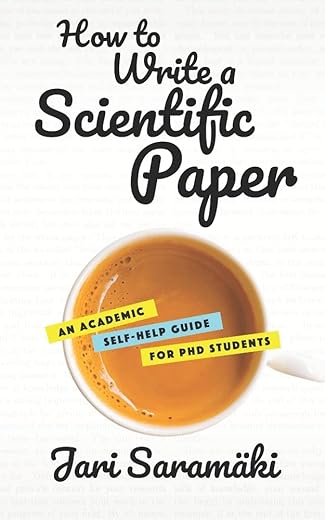

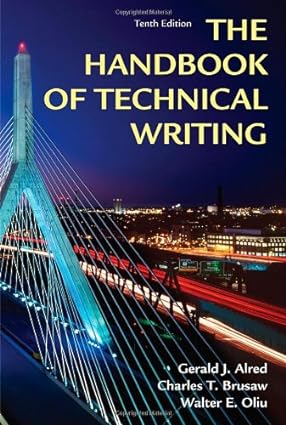



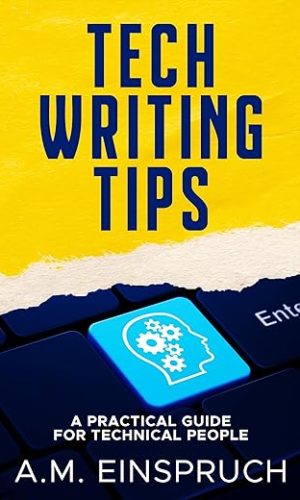
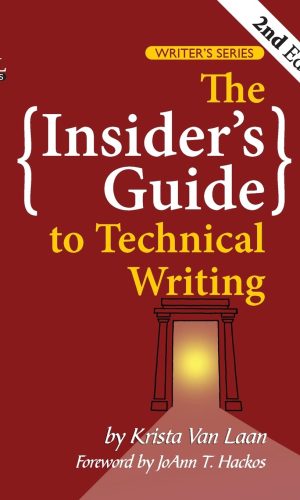
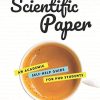
by Munatsi Edgar
The book is an excellent guide on how to write scientific papers.
by Sailor
Tiny and short. Sometimes more is more. I found Scientific Writing = Thinking in Words more useful.
by Com
Whereas there are other books on how to write more productively and manage time (e.g. Silvia’s excellent how to write a lot), this book instead focuses on the actual process of writing and structuring academic papers. The author is an experienced academic and I found the advice excellent even as a postdoc. I would recommend this book for academics of all levels. A lot of the information is available for free on the author’s blog if you need a taste.
I would suggest that the author removes “for PhD students” from the title. Also, please hire a designer for the front cover because it’s awful (sorry).
by L
Incredibly concise, at only 109 pages, yet packs in a lot of detail. Outlines a system from start to finish for constructing, writing and then reviewing a scientific paper. As a young PhD student with little writing experience this was incredibly helpful.
If you’re looking for a book that gives you a good overview and wastes no time, this is it. The book concludes with further reading recommendations if even greater depth and detail is required, but this should be more than enough for most readers.
by taihaole
I’m doing my PhD and in the process of drafting the first journal article. Even as an experienced writer (journalism background), getting used to the academic style is hard work. Fortunately I found this book. It provides a detailed guide to preparing research papers, from outlining and doing a rough first draft, to fine-tuning the sentences and dealing with reviewers’ comments. Easy to follow and very practical.
by sinibaldo
As a Ph.D. student, little time is spent in our training, delving into the nuances of scientific/academic writing. The same goes for editing. I have been looking for additional resources to address this gap.
This is a brief, witty, and smart guide to writing a paper. The book focuses on how to write your manuscript once you have garnered enough data. The target audience is graduate students.
His perspective about writing from a reader’s point of view continues to resonate in my head even after weeks of finishing the book.
I will reread it once I start writing my first-author publication.
Memorable quotes:
– “Well-written papers are often about a single thing.”
– “Clutter reduces clarity.”
– “Keep your title short. Research has shown that shorter titles attract more citations.”
– “Always tell the reader what she should see in the figure: how should the plot be interpreted? What is the message of the figure?”
– “Use white space properly.”
– “Always label your axes.”
– “Again, remember that most readers just skim.”
– When your supervisor asks you for the first draft, give her your second draft instead (by all means, call it the first!).
– “When your supervisor asks you for the first draft, give her your second draft instead (by all means, call it the first!).”
– “Endings have power. Do not waste this power.”
by NLM
I am a part time PhD student which can be hard Going especially on trying to write in a mysterious academic world. This book is excellent , my first paper is nearly complete and this has given me confidence to submit and finish my thesis this year .Really good read , all PhD students need it !!! Thankyou !!
by Amazon Reader
I believe I was developing papers in the same way as described by the author even before I started reading the book, but it is still good to have the method written down. It helps me cultivate the approach even stronger, and it makes me want to read the book again and again. It is short, which is useful, and it is well written. The only thing I am missing is a visual representation of the hourglass model, but we’ve seen such models elsewhere, and the verbal description is good.